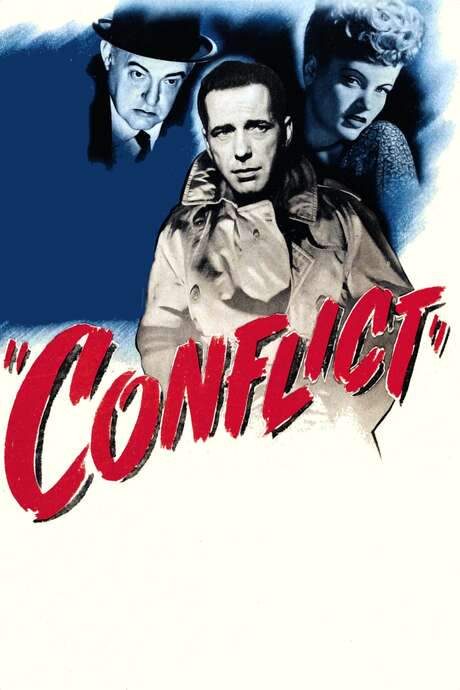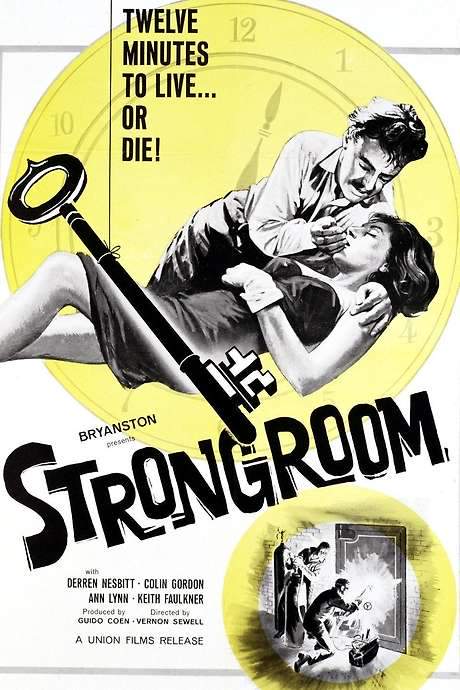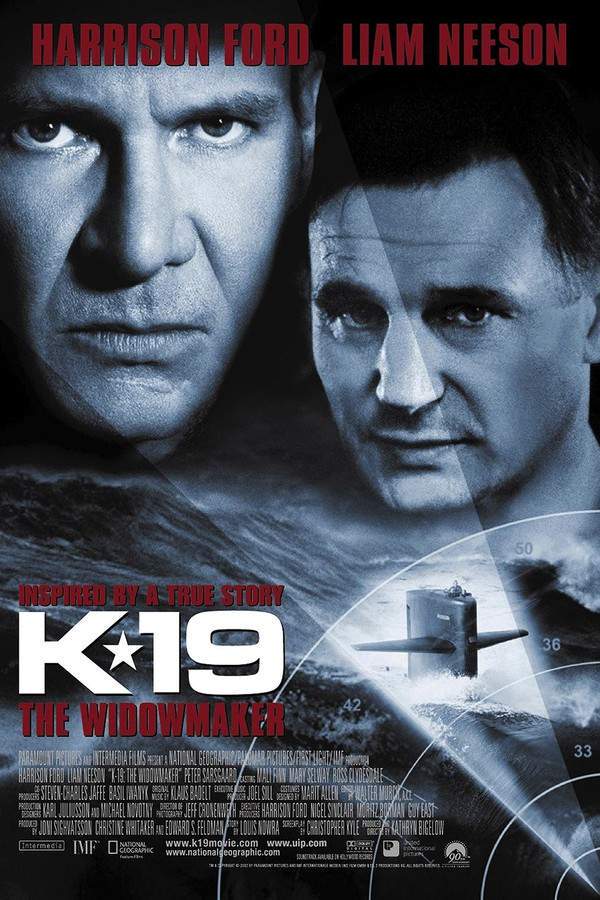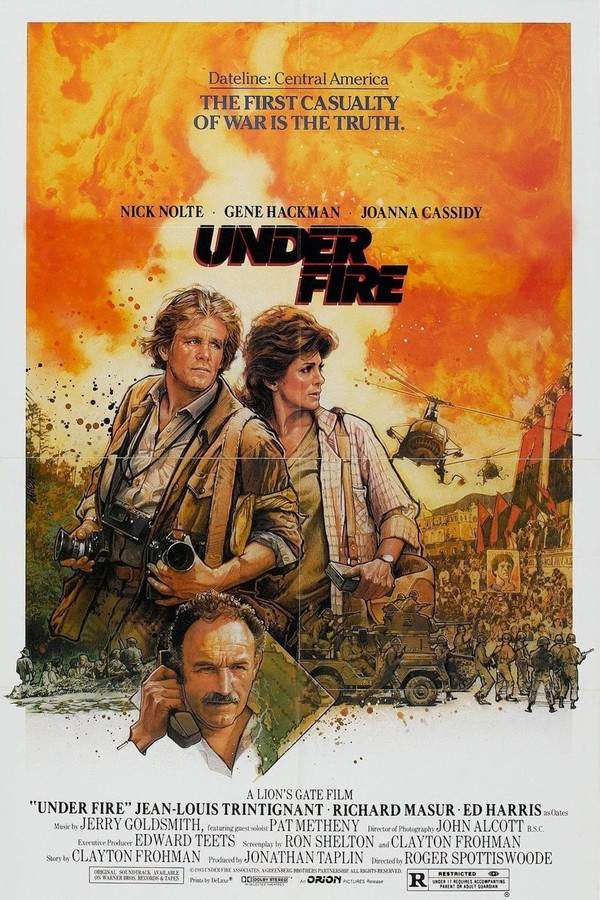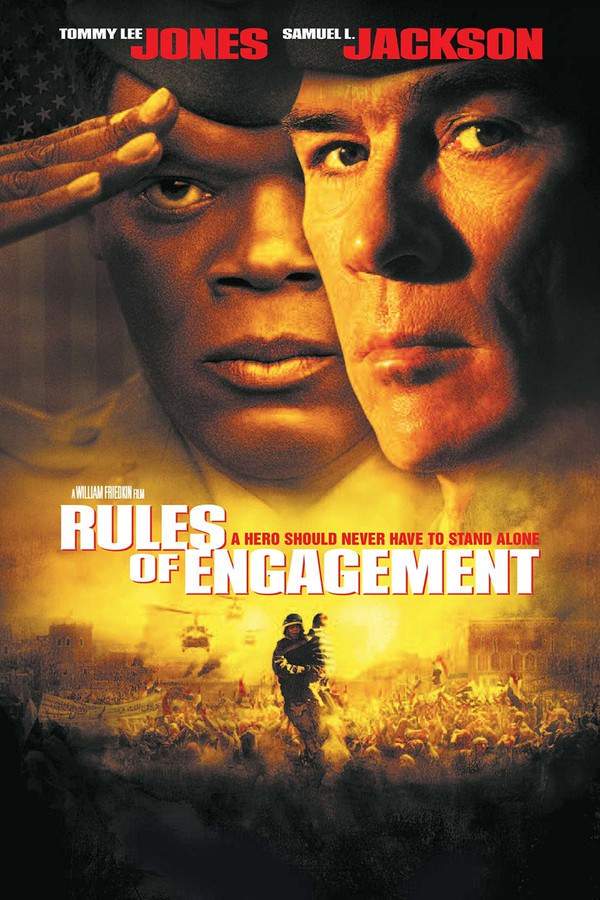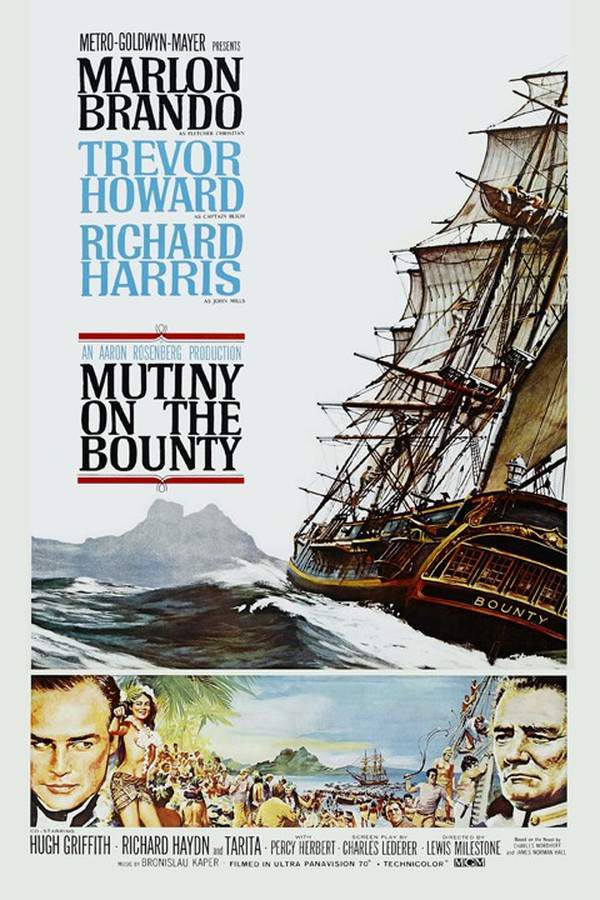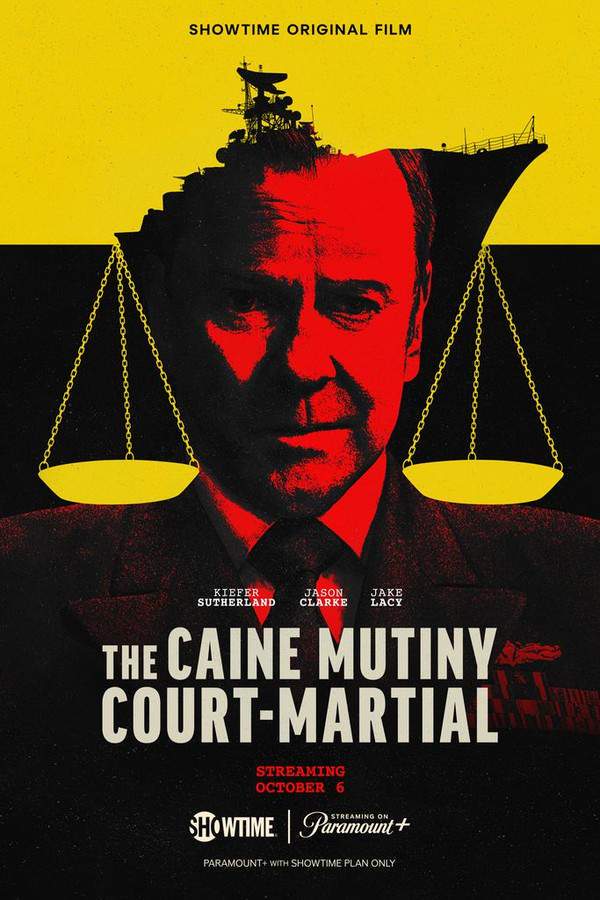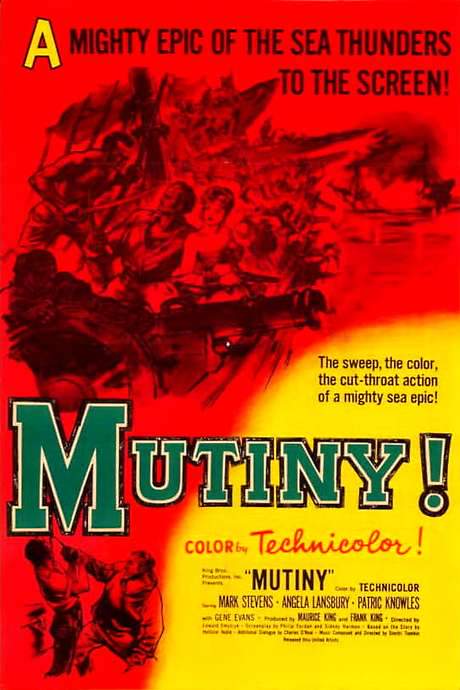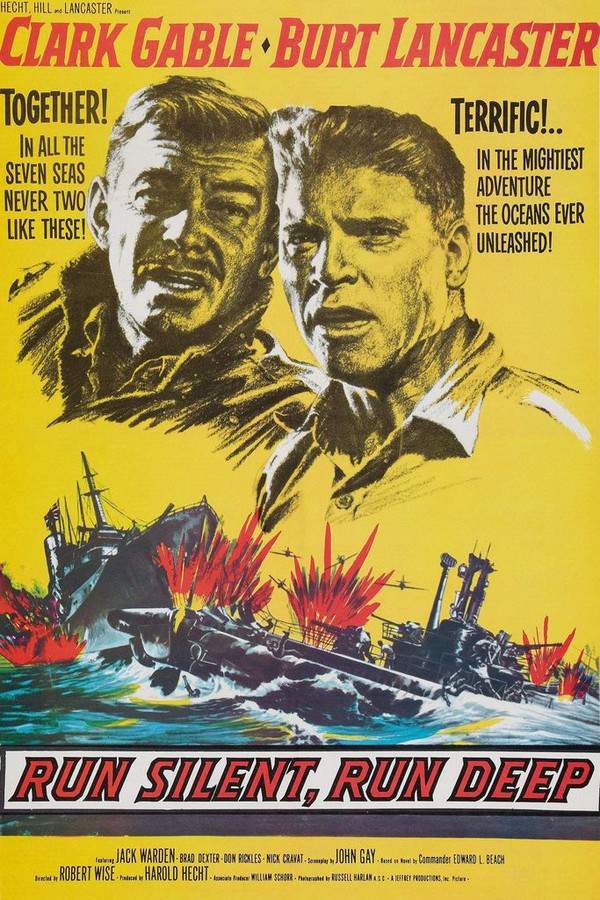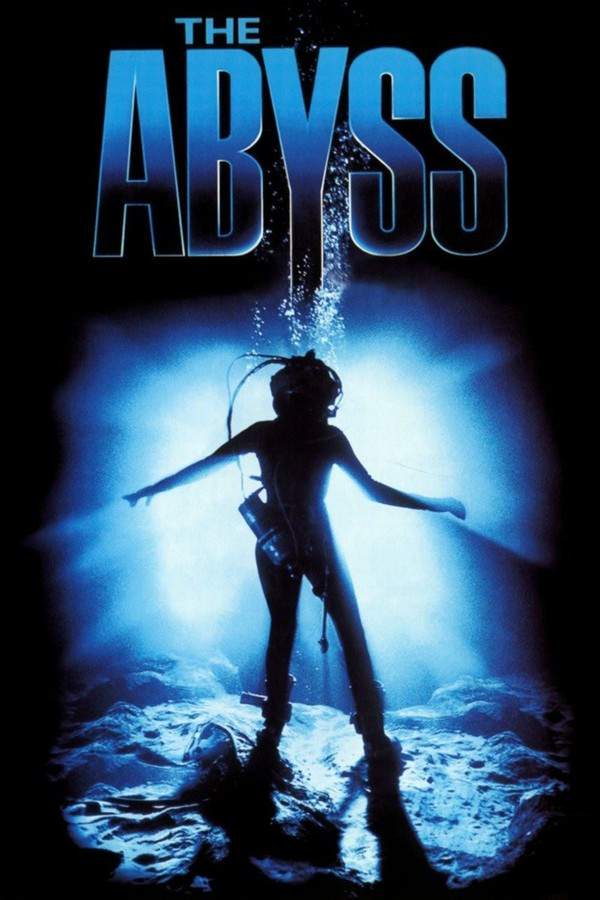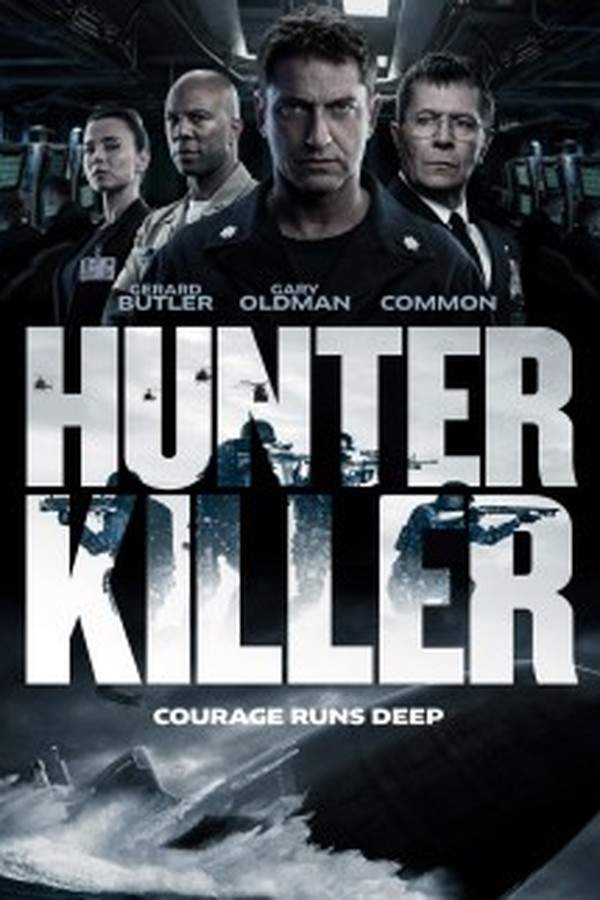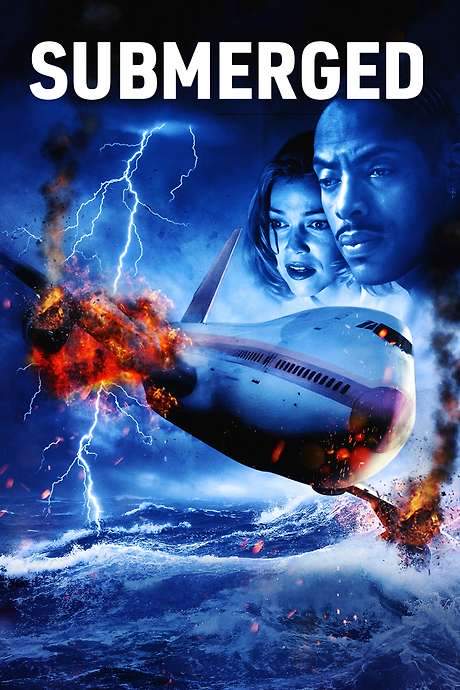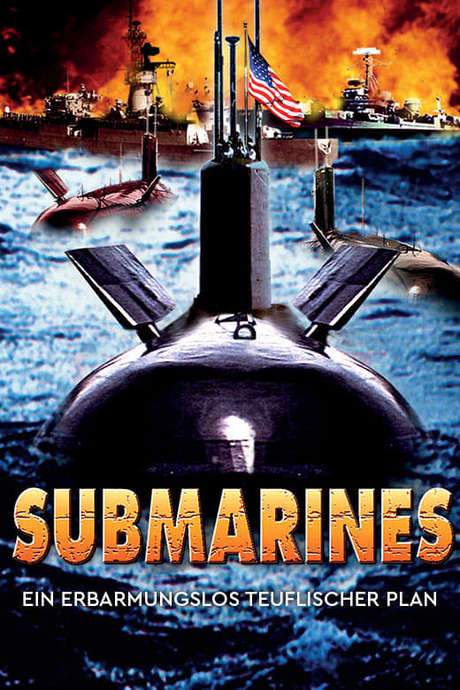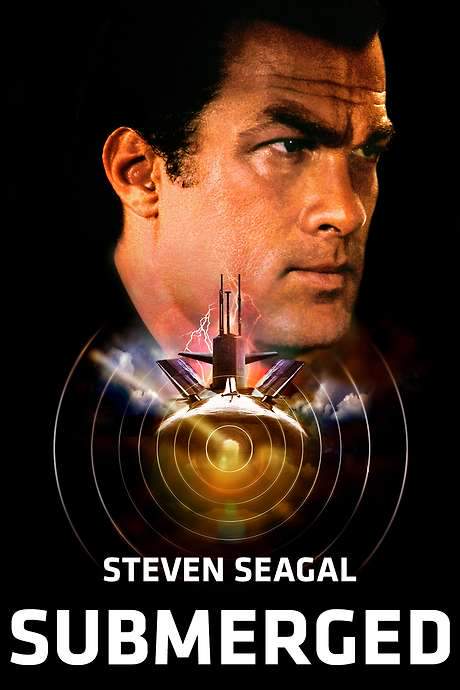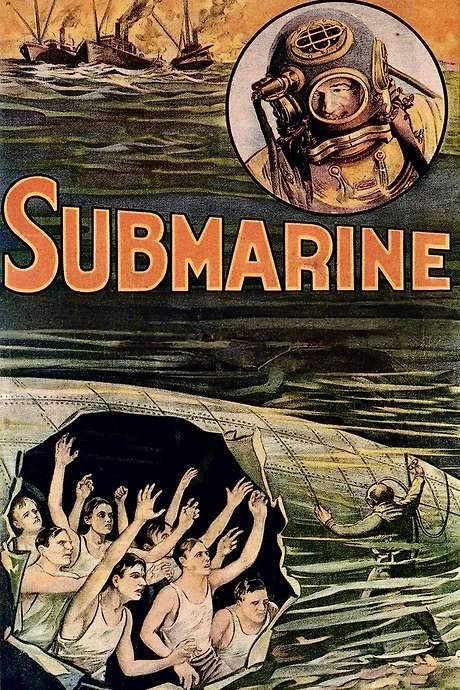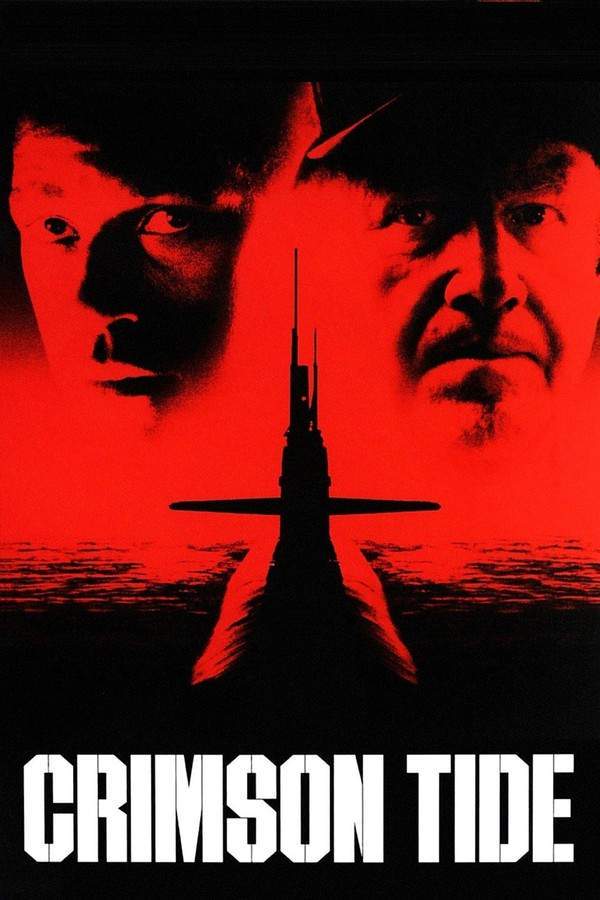
Crimson Tide
Year: 1995
Runtime: 116 min
Language: English
Director: Tony Scott
During a tense global crisis, the crew of the USS Alabama submarine receives a questionable order to initiate a nuclear missile launch, potentially triggering a devastating World War III. The submarine's commander, a veteran officer, clashes with his executive officer, a man with differing opinions, as they struggle for control of the vessel and question the validity of the order. Their conflicting perspectives and the immense pressure of the situation threaten to lead humanity into a catastrophic conflict.
Warning: spoilers below!
Haven’t seen Crimson Tide yet? This summary contains major spoilers. Bookmark the page, watch the movie, and come back for the full breakdown. If you're ready, scroll on and relive the story!
Crimson Tide (1995) – Full Plot Summary & Ending Explained
Read the complete plot breakdown of Crimson Tide (1995), including all key story events, major twists, and the ending explained in detail. Discover what really happened—and what it all means.
In the tumultuous aftermath of the Soviet Union’s dissolution, a fierce civil war breaks out in Russia, ignited by the relentless conflict in Chechnya. In this chaotic landscape, the ultra-nationalist military leader, Vladimir Radchenko, seizes control of a critical nuclear missile installation, threatening the entire world with the specter of nuclear war should either the American or Russian governments dare to confront him. It becomes clear that Radchenko’s forces have commandeered a submarine base and dispatched four formidable Akula-class attack submarines, positioning them dangerously close to both the Chinese and Korean borders. While the Russian government assures the United States that these forces are without the necessary launch codes, the tension continues to escalate.
Amidst this brewing storm, the USS Alabama, a U.S. Navy Ohio-class ballistic missile submarine, is dispatched on a vital patrol mission. Its objective: to maintain a readiness posture for a preemptive nuclear strike should Radchenko attempt to activate his missiles. Captain Frank Ramsey, portrayed by the esteemed Gene Hackman, stands at the helm as one of the few remaining submarine commanders with combat experience. When selecting his new Executive Officer, he turns to Lieutenant Commander Ron Hunter, brought to life by the talented Denzel Washington. Hunter possesses an impressive academic background in military history and tactics, yet he is thrust into a high-pressure situation without any prior combat experience, making for a riveting contrast to Ramsey’s seasoned command style.
As the crew boards the Alabama, tensions begin to surface between Captain Ramsey and Commander Hunter. They clash not only in their personalities but also in their strategic philosophies: Hunter adopts a cautious and analytical approach, while Ramsey relies on instinct and immediacy. Hunter, embodying a belief that in a nuclear era the greatest enemy is war itself, faces mounting friction with Ramsey, whose decisiveness does not sit well with him.
The first significant incident occurs on the third day at sea—during a routine operation, a fire ignites in the galley, culminating in the tragic death of Chief Mess Officer Rono. While Hunter aids the mess team in battling the flames, Ramsey opts for a missile drill that feels out of place given the chaos, highlighting their burgeoning conflict. By the sixth day, they receive an Emergency Action Message indicating that Radchenko’s forces might now be armed with nuclear weapons, pushing tensions further to a Defcon 3 status.
As the days unfold, Hunter observes a tangible decline in crew morale, culminating in his frustration during a fight between two sailors over a petty issue. However, Ramsey responds to this unease by chastising the entire crew, further alienating Hunter and driving a wedge between them. By the twelfth day, Alabama receives a critical message ordering the launch of ten missiles aimed at the Russian installation, the pressure mounting as they receive fragmented messages suggesting a change in orders.
However, before Alabama can respond, a Russian Akula-class submarine attacks, severely damaging their functions and communications. Juxtaposed against the chaos, Ramsey is determined to proceed with the launch, while Hunter stands firm in his belief that the order may have been recanted. This ideological clash culminates in a battle for control of the submarine as divergent loyalties within the crew surface surrounding their respective leaders.
In a desperate attempt, Hunter and his supporters ultimately confine Ramsey to his quarters, taking command of the situation amidst another assault from the Russian submarine. The chaos is palpable as the crew struggles with the decision to either move forward with the missile launch or wait for the channel to clarify their orders—a choice fraught with perilous stakes and ticking clocks.
The story intensifies as time runs short, leading to a dramatic standoff between Hunter and Ramsey, armed with powerful resolve on both sides. Just as the impending launch nears, fleeting moments of reflection and personal stakes escalate, culminating in an unexpected discussion about Lipizzaner stallions, providing a brief reprieve from the tension.
It is only when communication is finally restored that the crew receives the crucial retraction ordering the abort of the missile launch, revealing that the rebellion had indeed been suppressed. In a poignant moment, Captain Ramsey cedes command to Hunter, acknowledging his leadership, as both men confront the ramifications of their choices upon returning to base.
Upon their return to Pearl Harbor, both men face a naval tribunal, navigating the aftermath of their actions with the weight of their decisions resting heavily upon them. The tribunal’s findings reveal a dual understanding of right and wrong, validating Hunter’s resolve while recognizing the necessity of Ramsey’s experiences. Ultimately, Hunter is granted command of his own submarine, while Ramsey’s early retirement reflects the complexities of leadership in a nuclear age where the authority to launch has drastically changed, emphasizing the profound impacts of their harrowing journey through command, loyalty, and the burdens of war.
Last Updated: January 14, 2025 at 19:25
Explore Movie Threads
Discover curated groups of movies connected by mood, themes, and story style. Browse collections built around emotion, atmosphere, and narrative focus to easily find films that match what you feel like watching right now.
Claustrophobic thrillers like Crimson Tide
Stories where intense conflict explodes in a confined, inescapable space.If the tense, submarine-set conflict of Crimson Tide had you on the edge of your seat, you'll enjoy these movies. This list features other films where a small, confined setting becomes a pressure cooker for high-stakes drama, ethical dilemmas, and explosive character clashes.
Narrative Summary
These narratives typically begin by establishing a volatile situation within a closed environment. Tension escalates methodically as characters are forced to confront each other and the dire circumstances, with the limited space ensuring there's no easy escape from the rising conflict.
Why These Movies?
They are grouped by their shared use of a single, claustrophobic setting to generate unbearable tension. The experience is defined by a feeling of being trapped alongside characters facing a crisis, creating a consistent vibe of high-anxiety and immediate danger.
Military ethics and mutiny movies like Crimson Tide
When a rigid hierarchy fractures under the weight of a morally ambiguous order.For viewers who enjoyed the philosophical debate and power struggle in Crimson Tide, this list gathers films about mutiny, challenged authority, and weighty ethical decisions within rigid command structures. These movies explore what happens when duty and morality violently collide.
Narrative Summary
The plot revolves around a pivotal, morally grey order from a superior. The protagonist, often a high-ranking subordinate, must weigh blind obedience against their own conscience, leading to an ideological battle that threatens to tear the entire organization apart.
Why These Movies?
They share a core narrative pattern of a mutiny or authority challenge driven by ethical doubt. The appeal lies in the intellectual and emotional conflict between characters who are all, in their own way, trying to do the right thing within an impossible situation.
Unlock the Full Story of Crimson Tide
Don't stop at just watching — explore Crimson Tide in full detail. From the complete plot summary and scene-by-scene timeline to character breakdowns, thematic analysis, and a deep dive into the ending — every page helps you truly understand what Crimson Tide is all about. Plus, discover what's next after the movie.
Crimson Tide Timeline
Track the full timeline of Crimson Tide with every major event arranged chronologically. Perfect for decoding non-linear storytelling, flashbacks, or parallel narratives with a clear scene-by-scene breakdown.

Characters, Settings & Themes in Crimson Tide
Discover the characters, locations, and core themes that shape Crimson Tide. Get insights into symbolic elements, setting significance, and deeper narrative meaning — ideal for thematic analysis and movie breakdowns.

Crimson Tide Spoiler-Free Summary
Get a quick, spoiler-free overview of Crimson Tide that covers the main plot points and key details without revealing any major twists or spoilers. Perfect for those who want to know what to expect before diving in.

More About Crimson Tide
Visit What's After the Movie to explore more about Crimson Tide: box office results, cast and crew info, production details, post-credit scenes, and external links — all in one place for movie fans and researchers.

Similar Movies to Crimson Tide
Discover movies like Crimson Tide that share similar genres, themes, and storytelling elements. Whether you’re drawn to the atmosphere, character arcs, or plot structure, these curated recommendations will help you explore more films you’ll love.
Explore More About Movie Crimson Tide
Crimson Tide (1995) Scene-by-Scene Movie Timeline
Crimson Tide (1995) Movie Characters, Themes & Settings
Crimson Tide (1995) Spoiler-Free Summary & Key Flow
Movies Like Crimson Tide – Similar Titles You’ll Enjoy
Run Silent Run Deep (1958) Full Summary & Key Details
The Abyss (1989) Complete Plot Breakdown
Hunter Killer (2018) Ending Explained & Film Insights
The Hunt for Red October (1990) Detailed Story Recap
Submerged (2000) Plot Summary & Ending Explained
Submarines (2003) Detailed Story Recap
Tides of War (2005) Full Summary & Key Details
Submerged (2005) Full Summary & Key Details
Submarine (1928) Ending Explained & Film Insights
Submarine Command (1951) Plot Summary & Ending Explained
Hostile Waters (1997) Movie Recap & Themes
Hell and High Water (1954) Movie Recap & Themes
The Atomic Submarine (1959) Story Summary & Characters
Submarine D-1 (1937) Detailed Story Recap
Crash Dive (1997) Movie Recap & Themes









